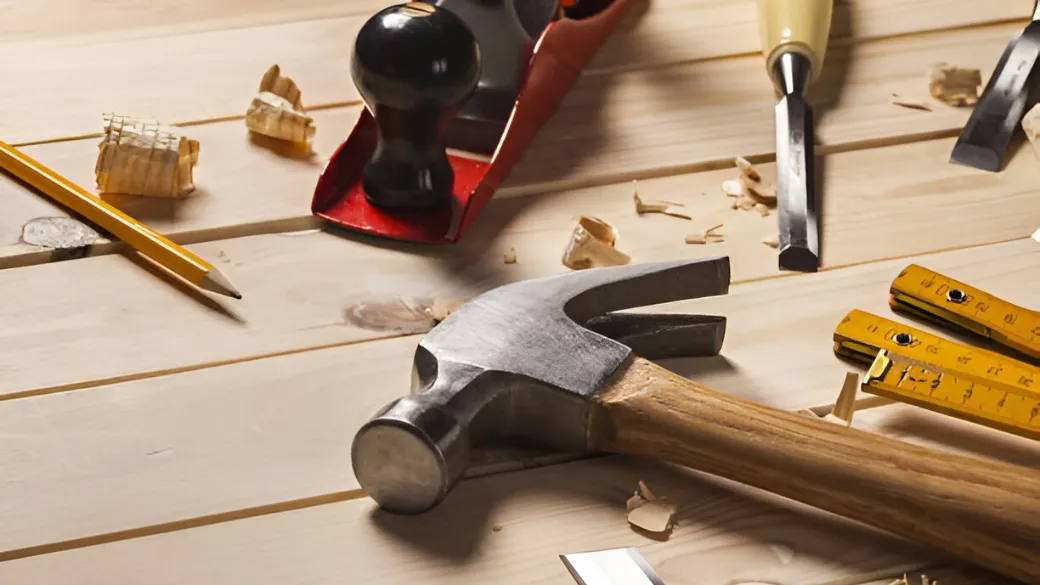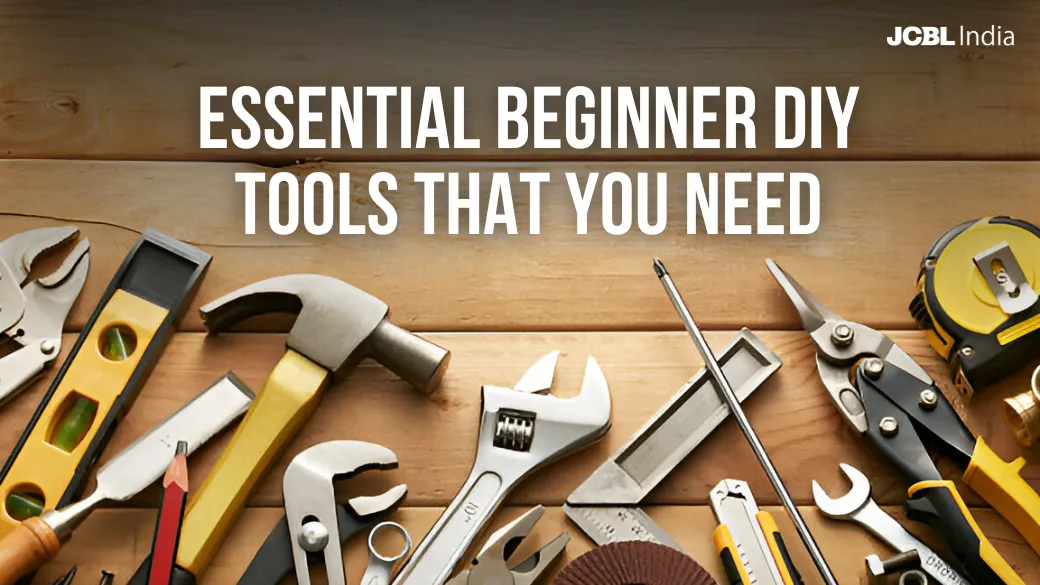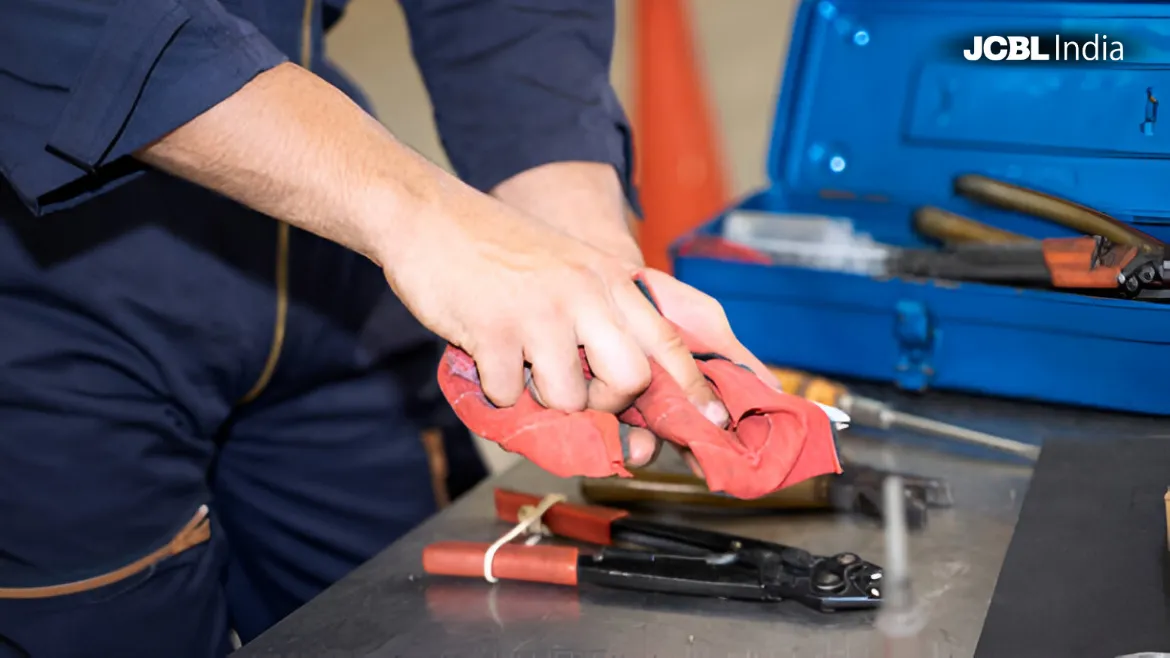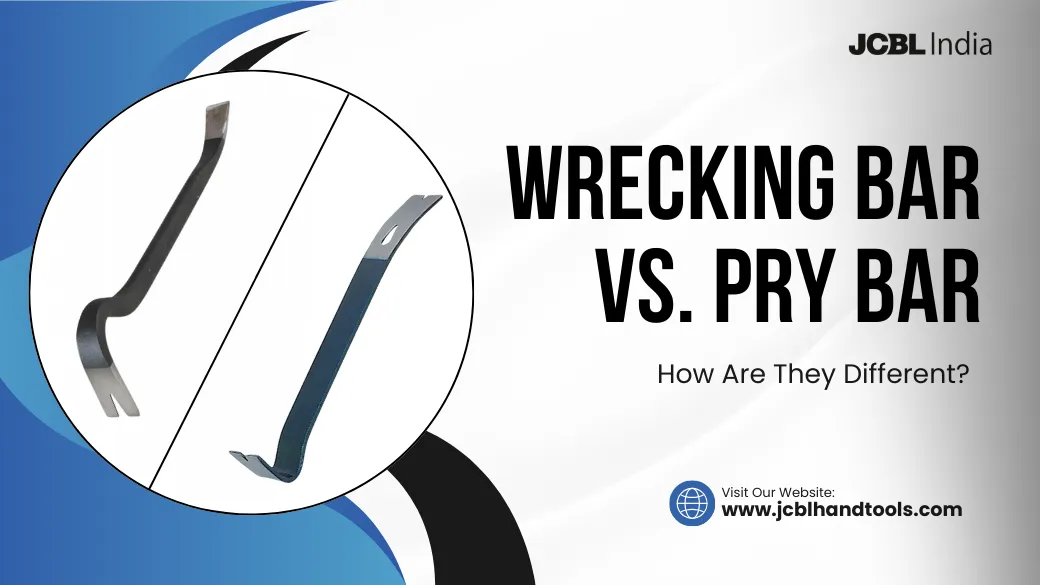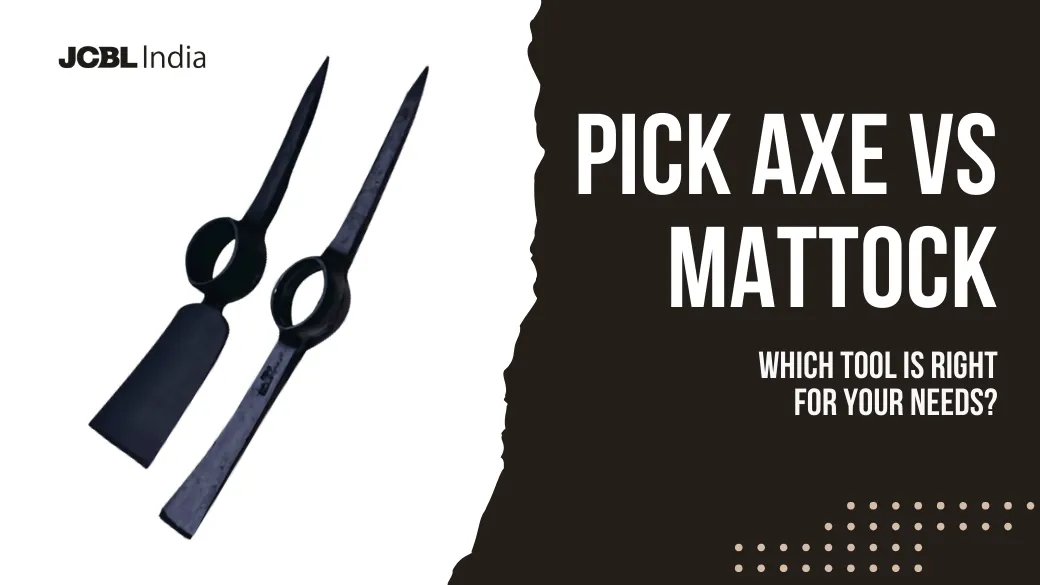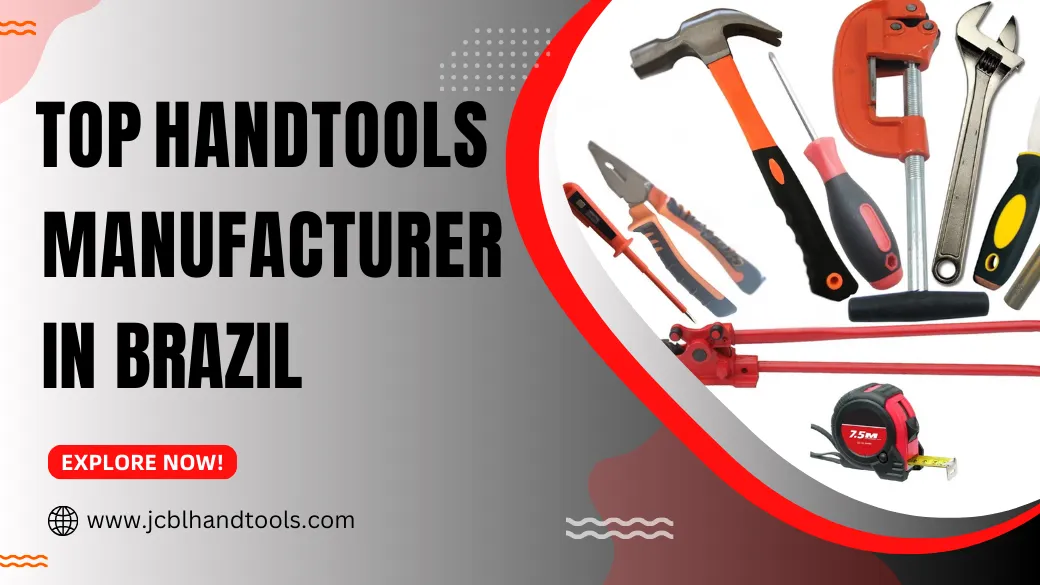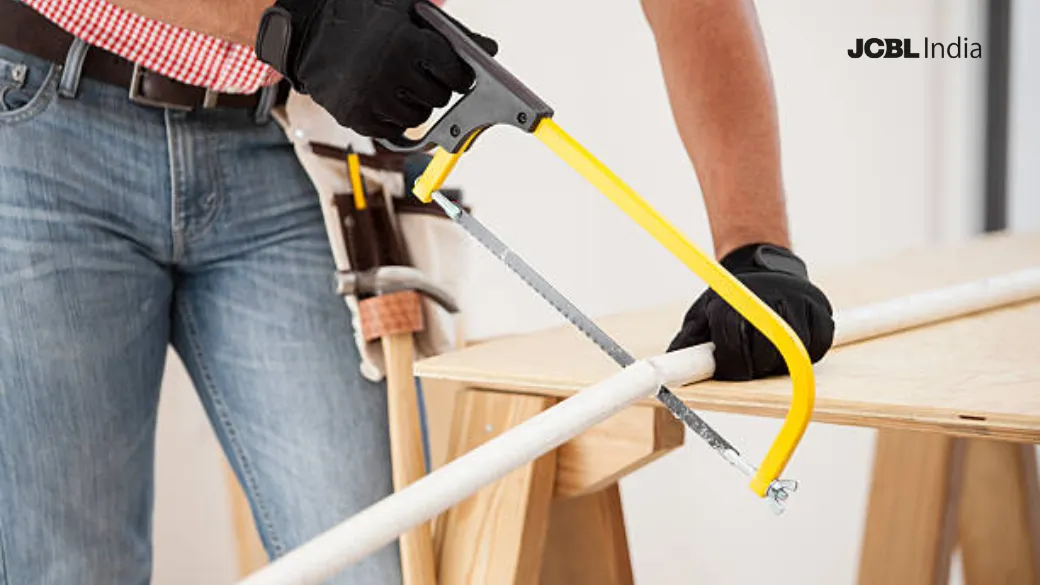Safety is of the utmost importance while working on projects, whether small tasks like driving nails or heavy-duty projects. Striking tools, including hammers and chisels, have wide applications in construction, woodworking, and other everyday repair tasks. However, their improper use can lead to tool damage and even injuries. Thus, proper handling and following the safety rules while using striking tools are important.
This blog will highlight the key safety rules one should follow while using striking tools. This will allow you to handle the striking tools effectively and confidently.
What Are Striking Tools?
Striking tools are the hand-held tools that are used to hit or strike objects. Their design allows them to deliver high impact. Some common examples of striking tools are hammers, chisels, and punches. Each type of striking tool is designed for a specific task; thus, it is important to use the right one for the job to ensure safety and efficiency.
Why Should Striking Tool Safety Be Your Top Priority?
Striking tools might seem easier to use, but you can experience injuries if you mishandle the tool. Here are a few of the reasons why prioritizing safety while using striking tools is important:
- Inadequate handling of striking tools can cause injuries such as cuts, bruises, or fetal injuries.
- By properly handling the striking tool, you can complete the task more efficiently within a short time.
- Improper use of a striking tool can damage the hand tool and increase its wear and tear.
Important Safety Rules For Handling Striking Tools
While using striking tools, you need to be careful, as improper handling of these tools can lead to accidents. Here are some of the safety rules that you need to follow when using striking tools:
Inspect Tools Before Use
Inspection of the tool before using it is of the utmost importance. Imagine you’re about to use a hammer to drive a nail into a wall for a hanging picture, and the hammer’s handle is cracked. As you swing it to drive the nail inside the wall, the handle could snap, sending the head flying across the room. This can cause fetal injuries to you or the ones present in the room. Therefore, it is essential to always inspect the cracks, worn-out edges, and loose handles. You can test the tool before using it by gently tapping it to check if the hammerhead is stable or not.
“Tip: Regularly replace the damaged tools to avoid unexpected failures and injuries while doing critical tasks.”
Select The Right Tools For The Job
Imagine you’re assembling furniture, pounding the dowels in using a claw hammer. The hard surface of the hammer can crush the dowels and ruin your furniture. Instead of a claw hammer, the rubber mallet would be a better choice for pounding the dowels. The wrong choice of tool for doing a project can reduce your efficiency and quality of work or even ruin your project. Thus, it is important to use the right tool for the job.
For example, if you want to shape metal, then it is better to use a ball-peen hammer. And the sledgehammer is more suitable than a household hammer for driving stakes into the ground.
“Tip: Make sure to use the right tool for the job, as it increases the risk of injuries and accidents, as well as can damage the materials.”
Wear Protective Gear
While using striking tools such as chisels, make sure to wear protective gear. Imagine you’re chiseling the wood, and a small splinter gets into your eyes. Even imagining such a situation hurts, right? Without proper safety gear, such as glasses, it could result in serious injuries.
“Tip: Wearing safety gear like gloves and goggles gives you confidence by ensuring your safety, further allowing you to complete the task efficiently.”
Ensure A Firm Grip
Suppose you’re hammering nails on a slippery surface and your hand slips. This not only makes you unable to drive nails efficiently but can also injure your finger. While holding the hammer, make sure to grip it firmly at the end for maximum control and power.
“Tip: Your hands should be dry and clean, otherwise you might lose your grip.”
Work In A Safe Environment
Do not use the striking tools in a crowded workspace. Make sure there are no children and other distractions while you’re doing your work, as any distraction can lead to serious injury to you or the ones present in the workspace.
“Tip: Your workspace should have proper lighting and be neat and free from tripping hazards.”
Apply The Right Amount Of Force
There is an adequate way of using each hand tool. Make sure to apply the right amount of force to prevent material damage and injuries. For example, you’re driving a nail into the wall. Using excessive force can bend the nail or damage the wall if you miss the strike.
“Tip: While chiseling, use light and controlled strikes instead of heavy swings to prevent material damage and tool wear.”
Store Tools Properly
Storing your tools properly is of utmost importance, as someone might get hurt if they knock it off accidentally. Sharp and heavy tools should be stored properly and out of children’s reach.
“Tip: Make sure to store your tool in the proper toolbox or rack.”
Common Mistakes To Avoid With Striking Tools
Here are some of the common mistakes that one should avoid with striking tools to ensure task efficiency and own safety:
- Never ignore small cracks or loosened parts of striking tools. Using damaged tools can lead to catastrophic failures and injuries.
- Overstriking is a common mistake made by beginners. This can cause damage to tools as well as the material.
- Never forget to wear protective equipment like gloves and goggles, as it can make you vulnerable to injuries.
- Always ensure you’re using the right tool for the job, as using a striking tool for an unintended purpose can lead to accidents.
Maintaining Striking Tools For Safety And Efficiency
Properly maintaining the striking tool is essential for ensuring their safety and enhancing their performance and efficiency. You can adopt the following ways to maintain your tools:
- Wipe off dirt and debris from the tool after every use to prevent rust and corrosion.
- Regularly check the tool to find signs of wear and tear and replace the damaged parts and tools immediately.
- Sharpen the edges of striking tools such as chisels and punches to ensure their edges remain sharp.
- Store the tools in a cool, dry, organized place to protect them and prevent accidents.
To check out more tips for tool maintenance, read the blog, “How To Maintain Hand Tools – Tips To Boost Performance, Safety & Durability”
Conclusion: Safe Practices Lead To Better Outcomes
Adequate handling of striking tools is not only about avoiding injuries but also about precision and efficiency. It gives you the confidence to complete the task more efficiently while maintaining the safety of yourself and others present in the workspace. By adhering to the aforementioned safety rules, you can avoid common mistakes and properly handle the tool, ensuring the successful completion of the project.
Are your striking tools damaged? Want to buy new, premium-quality ones? Don’t search further! JCBL Hand Tools offers a diverse array of hand tools, like striking tools. Each product is manufactured using high-grade material for durability, performance, and longevity. Click here to check out the striking tools being offered by JCBL Hand Tools or you can visit our website to view our complete range of hand tools.
FAQs
What are the first signs of tool wear?
Chipping and cracking of tool edges and handles are the early signs of tool wear. You might experience dullness in their blades.
How often should I inspect my striking tools?
Inspecting your tool before every use is important. If you find any signs of wear or a loosened handle, it is better to replace it, as using it makes you vulnerable to injuries.
Are gloves always necessary when using striking tools?
It is not a compulsion to use gloves while using the striking tool; however, it can enhance grip and protect your hands from injuries. You can wear gloves if they are not compromising dexterity.



